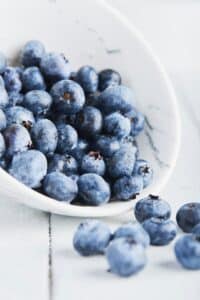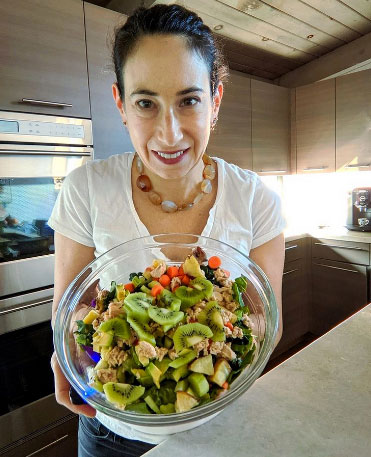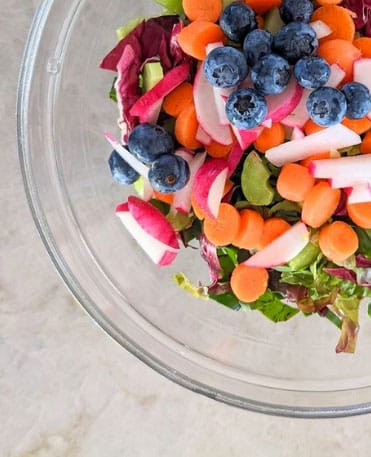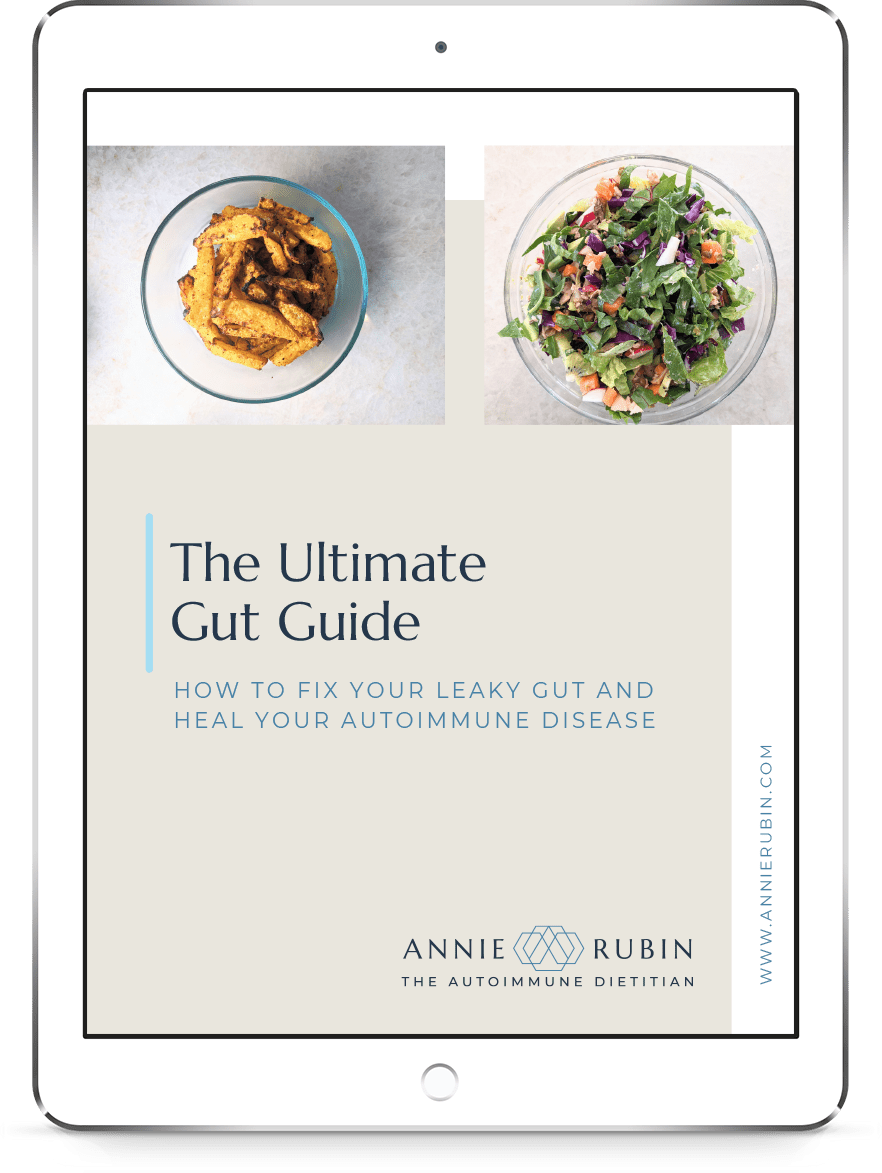Elimination die ts are king when it comes to uncovering food sensitivities. There are several standard protocols to find the root cause of specific symptoms. One diet I’ve been using a lot recently is the low histamine diet. A histamine elimination diet is very useful for people who are either suffering from obvious respiratory symptoms, or who have other symptoms that can’t be explained by anything else. Today I’ll explain what histamines are, what an imbalance in histamines looks like, and the basics of this elimination diet.
ts are king when it comes to uncovering food sensitivities. There are several standard protocols to find the root cause of specific symptoms. One diet I’ve been using a lot recently is the low histamine diet. A histamine elimination diet is very useful for people who are either suffering from obvious respiratory symptoms, or who have other symptoms that can’t be explained by anything else. Today I’ll explain what histamines are, what an imbalance in histamines looks like, and the basics of this elimination diet.
What are Histamines?
Histamines are chemical messengers in the body that are usually associated with allergy type symptoms. Hence, why we take “anti-histamines” for allergies. But, histamines also have several other important functions in our body. They help with digestion and the production of stomach acid, they are also neurotransmitters for brain signaling, the play a role in our immune system, help regulate blood pressure and even support hormonal regulation. So, histamines aren’t all bad, and it’s important that we have a good balance in our body.
Our bodies naturally produce histamine, as well as break it down when there is too much of it in our bodies. For the breakdown, we have 2 very important enzymes that help with this: diamine oxidase (DAO) and histamine N-methyl transferase (HNMT).
What is a Histamine Imbalance?
People get into trouble when the balance of histamines is thrown off. This typically happens when there is an overproduction or excessive amount of histamines in the body. This can happen for a number of reasons:
Overproduction of histamines
Since our bodies naturally produce histamine, there are certain factors that increase our histamine production. Things like chronic stress, hormonal fluctuation, environmental factors like mold or seasonal allergies, dysbiosis of the gut microbiome, and diet can all increase histamine production. Also, certain medications like NSAIDs or opioids may also increase histamines. Genetics may play a role in this too. People with an MTHFR mutation or histamine enzyme polymorphisms may be more susceptible to excessive histamine production.
Poor enzyme production
Some people may not be able to produce enough of the DAO and/or HNMT enzymes to break down histamines. Additionally, if there is an overproduction of histamines, there may not be enough enzymes to break all of them down.
Symptoms of histamine imbalance can vary greatly, which makes it very difficult to figure out what exactly is going on. Some of the common symptoms of histamine imbalance include:
- Typical allergy symptoms (watery eyes, hives, congestion, etc.)
- Gastrointestinal symptoms including heartburn, gas, bloating, diarrhea or constipation
- Joint pain and/or swelling
- Headaches or migraines
- Asthma
- Chronic cough
- Anxiety
- Insomnia
- Peripheral neuropathy
- Low blood pressure
- Severe hunger and cravings
The Low histamine diet
The most effective way to figure out if histamines are truly an issue is to do an elimination diet. While there are some tests out there for histamines, they are not reliable and should not be used to diagnose a histamine imbalance or intolerance. Additionally, there is a lot of conflicting information online about what foods contain histamines and which don’t. Even the research is not super conclusive on this topic. What is generally agreed upon is the following:
Foods that contain histamines
- Anything that is aged or fermented
- Tomatoes
- Avocado
- Spinach
- Eggplant
There are also foods that also use DAO to breakdown foods. Eating these foods can inadvertently increase circulating histamines because they are stealing the DAO enzyme. These foods include:
- Citrus fruits
- Banana
- Nuts
- Raspberries
- Strawberries
Lastly, there are foods that are considered “histamine liberating” foods. These may trigger a histamine response:
- Eggs
- Dairy
- Wheat
The low histamine diet essentially removes these foods for a period of at least 2 weeks. If histamine truly is the issue, there should be some improvement in symptoms within the first 2 weeks. After the 2 week period, high histamine foods are added back in to see what happens. If there’s a reaction, then we know it’s a histamine related issue. If not, then there is something else going on.
Also remember, it’s not always about food! I listed so many other things that increase histamines. While diet may be the low hanging fruit, all of the other histamine producers are important to address. Many times I see histamine imbalance with mold exposure and/or long COVID.
If you need help figuring out your unexplained symptoms, or think that histamines may be a culprit for you, please contact me to schedule a free call. Additionally, follow me on my socials (Instagram, Facebook and) for more tips on how to live better with your autoimmune disease.


